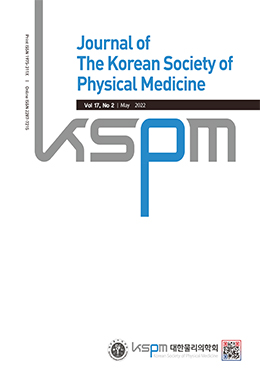PURPOSE: This study examined the comparative effects of an ankle sensorimotor training program combined with hip strengthening exercise (ASTPCHSE) and ankle sensorimotor training program (ASTP) alone on muscle strength, static balance, and dynamic balance in individuals with functional ankle instability.
METHODS: Sixteen research participants with functional ankle instability were enrolled in this study. The participants were divided randomly into the ankle sensory motor training program group and the ankle sensory motor training program combined with the hip strengthening exercise group. Each group performed a series of exercise programs two times per week for four weeks. The Cumberland ankle instability tool (CAIT) was used to measure the participants’ functional ankle instability. A Balance trainer 4 was applied to assess the static and dynamic balance, and a Primus RS multimodal dynamometer was used to evaluate the muscle strength.
RESULTS: No significant differences in static balance, dynamic balance, and muscle strength were found between the ASTP and ASTPCHSE groups (p > .05). On the other hand, the dynamic balance and muscle strength improved in the ASTP and ASTPCHSE groups after the intervention (p < .05). The static balance was not enhanced in both groups after the intervention (p > .05).
CONCLUSION: Ankle exercise and an ankle sensorimotor training program combined with hip strengthening exercise are effective in improving muscle strength and dynamic balance in individuals with ankle instability. On the other hand, there are no meaningful differences between ankle exercise and ankle and hip combined exercise.




